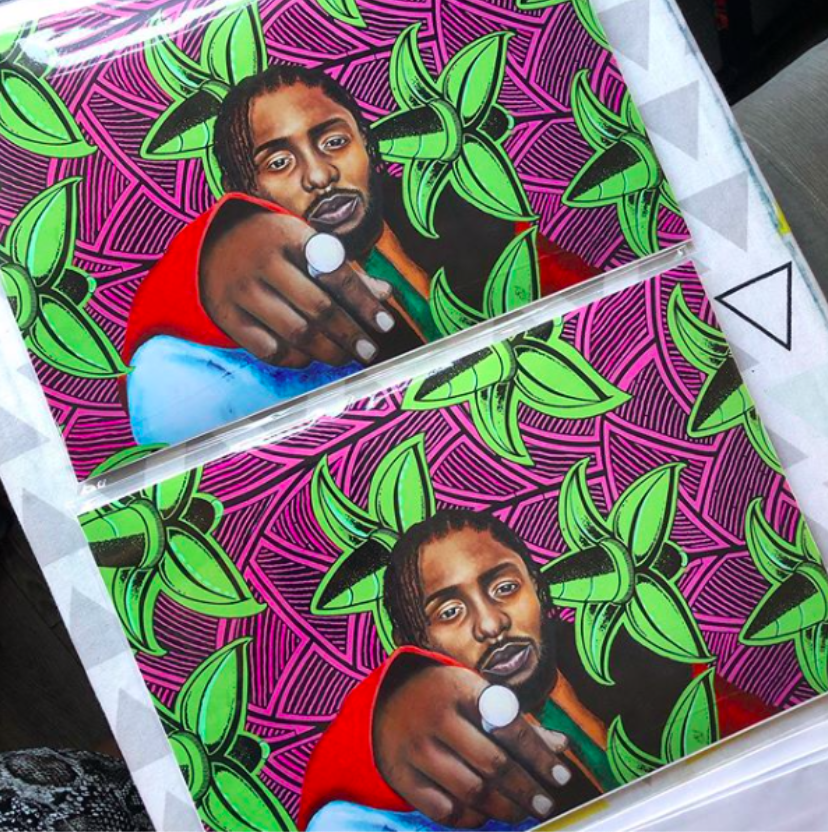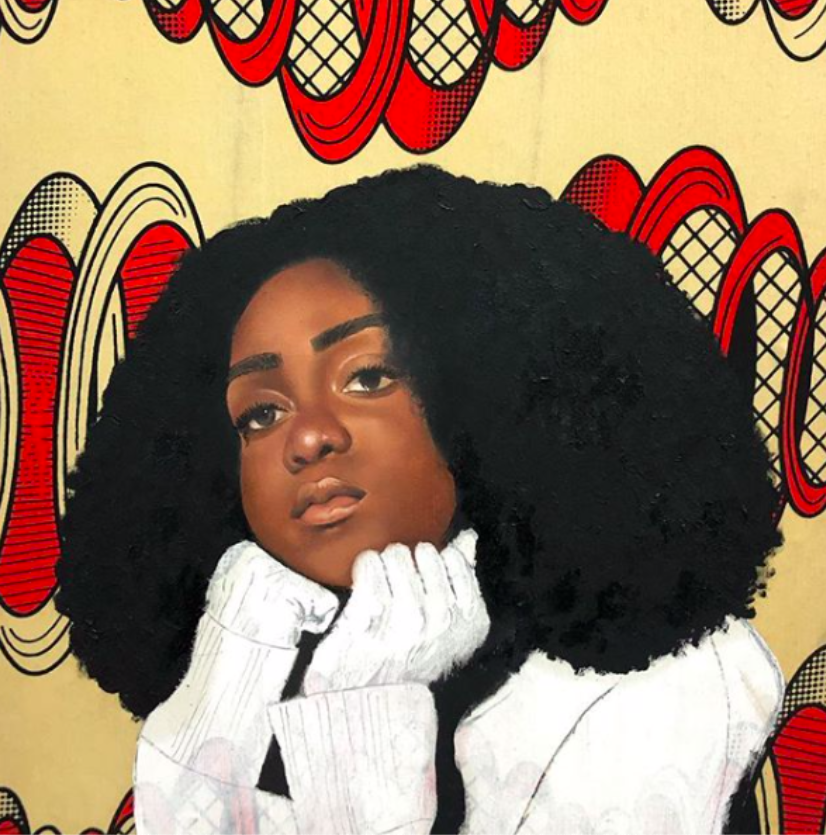Art in the Instagram Age: A New Hybrid to Fight With
- Michelle Sarkisyan

- Jan 21, 2020
- 4 min read
Are young artists prepared to market themselves in the social media age? And should they?
The Facebook Corporation has begun to wrap its fingers around every aspect of life, including the world of art. Not only are galleries defining exhibitions by their Instagrammability, but artists are also setting up accounts and lifting up the curtain to their lives. Even Bansky, a world-renowned and highly anonymous artist, has an Instagram account where he shows his latest projects with short and thought-provoking captions.

With art in the social media era, today artists can use Instagram as their own virtual art gallery, playing both dealer and curator while their fans become critics and collectors. This begs the question - are the new practices implemented in art colleges and universities to give upcoming artists the tools to succeed in this highly competitive and hashtag tricky digital art world? “I wasn’t prepared for the sudden exposure I’ve got,” 21-year-old freelance artist confesses. Alicia-Pearl Cato, a Wimbledon College of Arts graduate, started hand-painting T-shirts and garments as an extension of her artwork in college and decided to Snapchat some of the behind the scene process. In less than a year she expanded her hobby to four business Instagram accounts with overflowing job opportunities - from creative roles to exhibitions.
Art was known to be a relatively private, closed-in type of expression with high entrance galleries fees and photography ban. Contrastingly, social media offers a relation-based platform with a tendency for oversharing. Combined, the newly emerged art genre has redefined the rules in the creative industry in less than five years and it has become an indispensable, all-purpose tool for everything art-related. For example, artists no longer have to be anxious when it comes to financing their dream art projects. From word of mouth, likes and reposts from her friends, Alicia quickly created an escape world for her and her followers. A safe space aiming at exploring different cultures, dealing with racism and sharing identity struggles. “I wouldn’t have the capacity to advertise. It’s way too expensive and it wouldn’t reach the audience I’m targeting anyway,” says Alicia.
@ Alicia’s paintings via Instagram @aliciapearlcato
As a multicultural artist, never easily accepted in either of her cultures, she treats her Instagram accounts like her personal diary by painting black people. She wants her collective Represent and art accounts to inspire and educate. “For change to happen and for things to get better, because I honestly don’t think racism is going to go away and it’s something that affects people’s mental health so much, these things have to be discussed. And for me, I can do that through something I love, which is making artwork,” Alicia explains. While being an artist in the 21st century is great for exposure, quick rise to fame and networking opportunities, young artists forget to consider the amount of work running a freelance Instagram business involves. Artists should keep up to date with social media analytics, hashtag strategies and rules on top of engaging with their audience and creating an active, consistent and pleasingly aesthetic art for their feed. “It’s not easy at all, it’s a lot of work,” says Alicia, “I've been rolling with the punches and learning as I go.” But this is something John Reis, a product design student at Brighton University, is completely against. “We should go out in the world already having the advantage of knowing. We shouldn’t learn about it later or because our generation adapts quickly to the social media changes,” he explains.

When asked if he feels prepared to start working after his graduation, he puts his head in the palms of his hands and says that “it is really daunting” while nervously laughs. Nowadays, corporations don’t want to hire an artist solely based on an incredible portfolio. Another key ingredient is the way you’ve marketed yourself on social media through your website and different Instagram accounts with a steady following. But this isn’t something he’s been exposed to in university or in any way inspired by his lecturers to delve into. Despite having the full freedom to explore his creativity and style, he thinks it’s pointless to discover who he is as an artist without being pushed to think ahead. “It’s really hard to make a living out of a subject you have never been taught how to make a living out of. We need at least one course on how to get exposed out there. As well as courses teaching financial advice, content managing and social media managing,” firmly believes John. However, do young artists need to exist as a highly followed Instagram account to succeed? Is studying the tips and tricks of art in the Instagram age necessary? While Alicia and John agree that social media is a tool to reach a wider audience and become part of a community that will help destigmatize the idea of the ever-struggling artist, Anthony Aina warns about the dangers of social media.

Anthony is a London-based co-founder of a comics multimedia, called Penificent. The company aims to tackle social issues young people battle with daily and to provide positive influence with art. One of their comics issues is particularly about the downfalls of social media and how easily it’s for young people to be influenced and believe what they see online. His main problem with social media is that it brings confusion. “People initially think because you have 90k followers, you are sorted. But it is not really about your followers,” Anthony tells me. While social media enables him to have clients from America and receive funds from the Mayor of London, Anthony doesn’t agree with how social media users tend to judge artists’ skills depending how many followers they have. The most important thing in his eyes is the quality of work. And most importantly, the skill to use social media at your advantage, but not becoming too reliant on it. “It is just about knowing the balance of social media to the real world,” concludes Anthony.










Comments